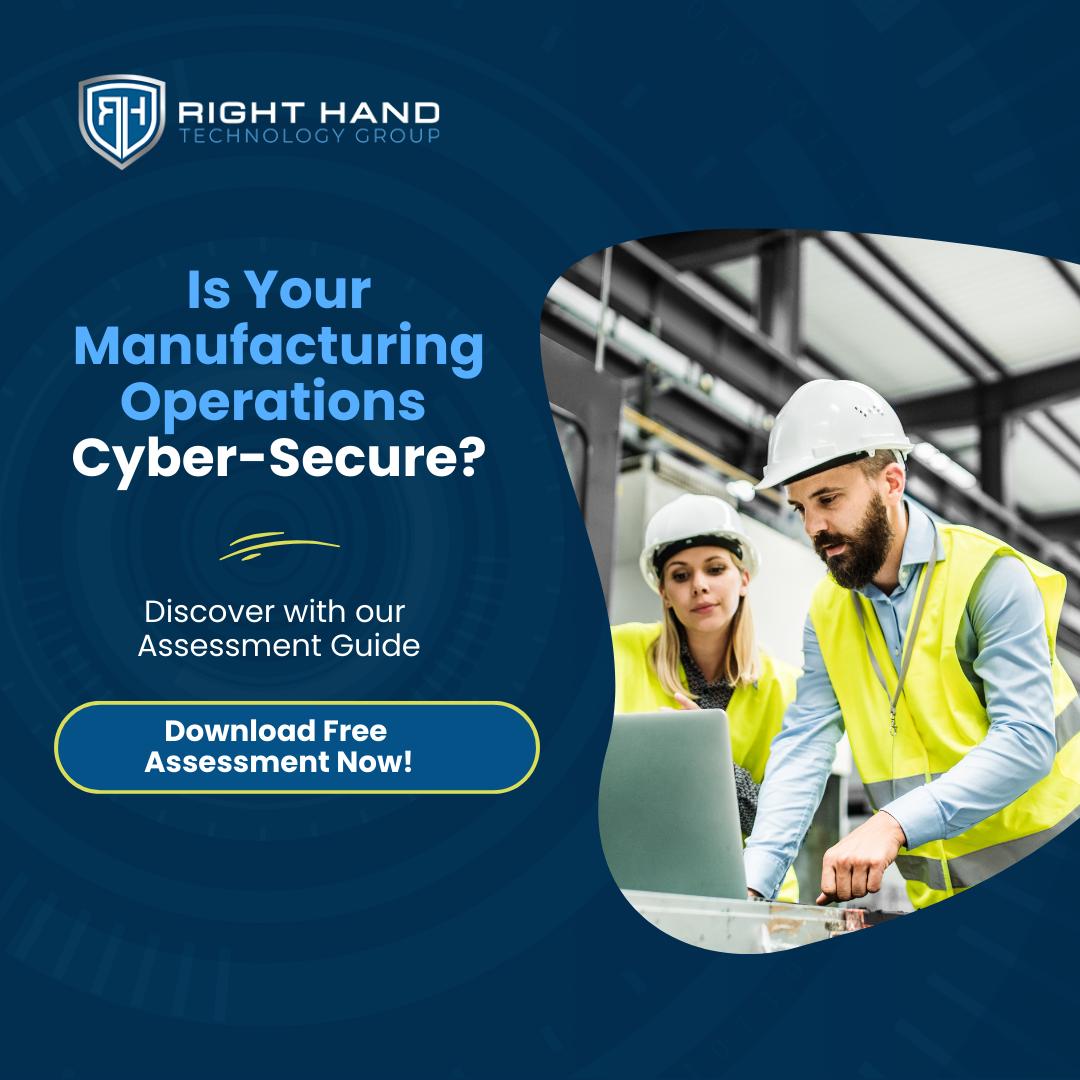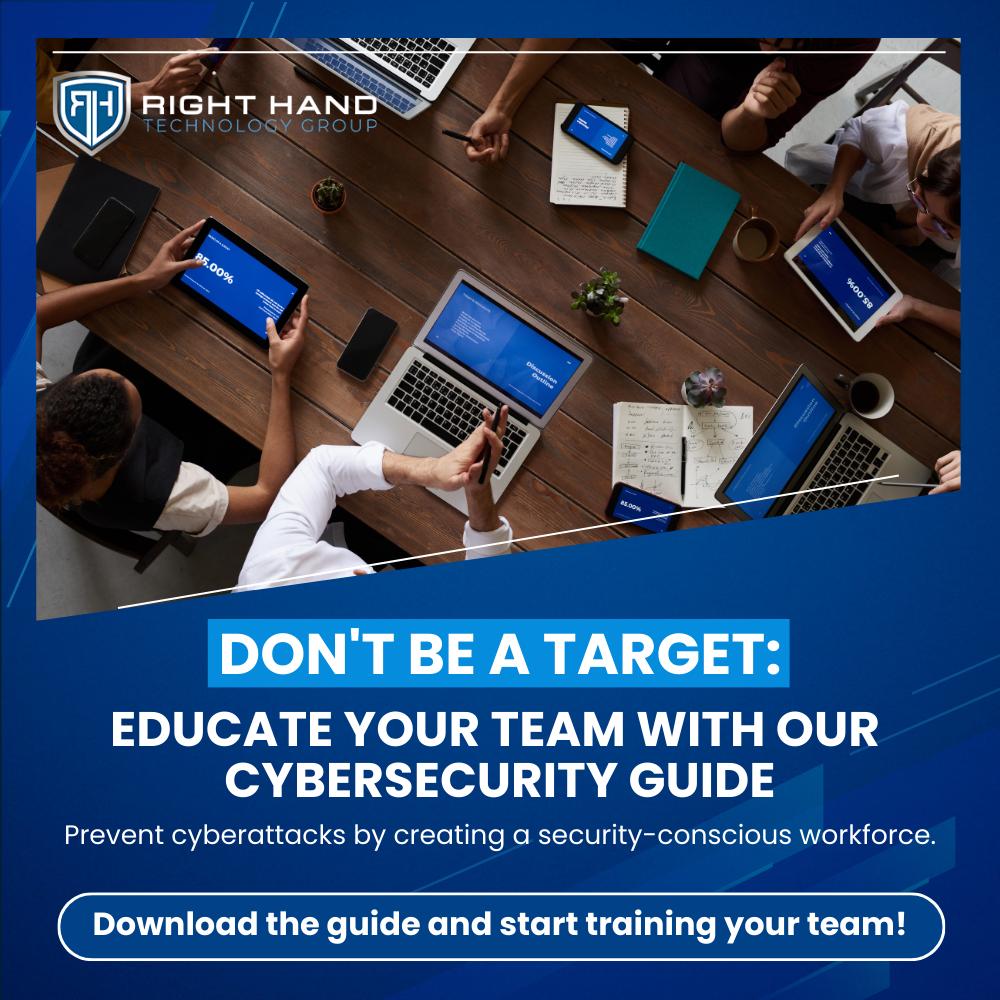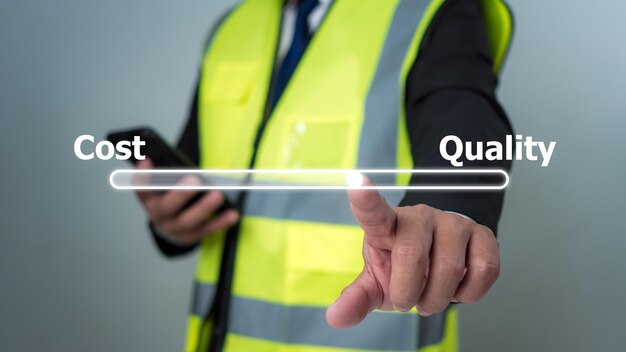
The Internet of Things (IoT) has quickly become a transformative force in our lives. With a network of interconnected devices, it promises convenience, efficiency, and innovation. However, as the number of IoT devices continues to grow, so do the security concerns. Ensuring the security of IoT devices is not just an option; it is a necessity. In this article, we will dive deep into the landscape of IoT security, explore the perils of insecurity, understand the current state of IoT security, and discuss the building blocks of robust IoT security. We will also highlight the role of users in IoT security, the importance of governments and standards bodies, and the rise of artificial intelligence (AI) in IoT security. By understanding the challenges and implementing multi-layered security measures, we can tap into the vast potential of IoT while keeping our data and devices safe.
Understanding the IoT Landscape
Before we delve into the Securing the Internet of Things measures, let’s take a moment to appreciate the sheer scale of the IoT landscape. According to Cisco, there will be over 50 billion IoT devices globally by 2030. These devices, constantly transmitting and receiving data, present an enticing target for malicious actors looking for vulnerabilities.
The Perils of Insecurity
It is important to acknowledge that every insecure IoT device is a potential entry point for cyberattacks. These attacks can lead to data breaches, unauthorized access to sensitive personal or corporate data, botnet recruitment, where devices are roped into a network of “zombie” devices to launch larger scale attacks, and even physical harm, as compromised IoT devices in critical systems can pose real-world threats.
The Current State of IoT Security
Unfortunately, security has often been an afterthought for many IoT manufacturers. Rapid development cycles, lack of standardization, and economic pressures have contributed to the neglect of security features. The rush to market can leave little time for rigorous security testing, the diversity in IoT device operating systems makes it challenging to implement uniform security protocols, and manufacturers may cut corners on security features to keep prices competitive.
Building Blocks of Robust IoT Security
IoT security is not about a single solution; it requires a multi-layered approach. Here are some of the key building blocks of robust Securing the Internet of Things:
- Device authentication: Every IoT device should have a unique identity, ensuring that only authenticated devices can connect to the network.
- Secure booting: Devices should have mechanisms to ensure that they only boot up with authenticated software, preventing unauthorized modifications.
- Regular updates: Just like your PC or smartphone, IoT devices need regular software patches and updates to address vulnerabilities and stay protected against emerging threats.
- Data encryption: Data transmitted to and from the device should be encrypted, ensuring it remains unintelligible even if intercepted. Encryption provides an additional layer of defense against unauthorized access to sensitive information.
- Network security: Implementing network segmentation is crucial to ensure that if one device gets compromised, the intruder can’t easily move on to others. By segmenting the network, the impact of a potential breach can be limited.
User’s Role in IoT Security
While manufacturers need to prioritize security, users also have a crucial role to play in Securing the Internet of Things. Here are some steps that users can take to enhance IoT security:
- Change default passwords: An astonishing number of devices are hacked simply because users don’t change the manufacturer-set passwords. Changing default passwords to strong, unique ones is an essential step in securing IoT devices.
- Regularly update devices: Always keep your device firmware and software updated. Manufacturers often release updates to address security vulnerabilities and improve the overall performance of IoT devices.
- Network segmentation: Don’t put your IoT devices on the same network as your primary computing devices. By segregating the networks, you can reduce the risk of unauthorized access to sensitive information.
The Road Ahead: The Role of Governments and Standards Bodies
For IoT to realize its full potential, standardized security protocols are essential. Governments and international standards bodies are starting to recognize this and are taking steps to address the issue. Some of the initiatives include:
- Certification programs: Countries are rolling out certification programs to rate the security of IoT devices. These programs aim to ensure that IoT devices meet minimum security requirements before they are brought to market.
- Mandatory security requirements: Some regions now mandate minimum security standards for IoT devices, making it imperative for manufacturers to prioritize security during the development and manufacturing process.
Rise of AI in IoT Security
Artificial Intelligence (AI) is set to play a central role in Securing the Internet of Things. With its ability to analyze large amounts of data and detect patterns, AI can enhance IoT security in the following ways:
- Anomaly detection: AI can quickly detect unusual patterns in device behavior, signaling potential security threats. By continuously monitoring device behavior, AI algorithms can identify anomalies that may indicate a security breach.
- Predictive analysis: AI can anticipate potential vulnerabilities by analyzing trends in device behavior and data flow. By identifying patterns that may lead to vulnerabilities, AI algorithms can help prevent security incidents before they occur.
- Automated response: In the event of a security incident, AI can trigger automatic protective measures. By leveraging real-time data and machine learning algorithms, AI can respond swiftly to mitigate the impact of a security breach.
As the Internet of Things continues to weave itself into the fabric of our daily lives, ensuring its security is of paramount importance. By understanding the challenges and implementing robust, multi-layered security measures, we can tap into the vast potential of IoT while keeping our data and devices safe. IoT device security is not just a technical requirement; it is a collective responsibility. Manufacturers, governments, and users all have a part to play in safeguarding the IoT ecosystem.











